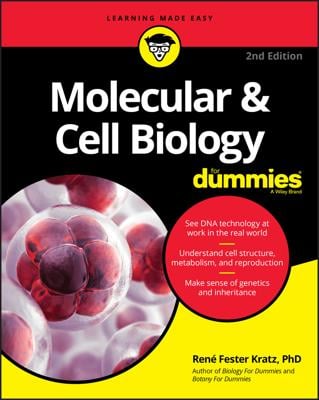-
The plasma membrane is made of phospholipids and protein and serves as the selective boundary of the cell.
-
The nucleus is surrounded by a nuclear envelope with nuclear pores. The nucleus stores and protects the DNA of the cell.
-
The endomembrane system consists of the endoplasmic reticulum, the Golgi apparatus, and vesicles. It makes lipids, membrane proteins, and exported proteins and then “addresses” them and ships them where they need to go.
-
Mitochondria are surrounded by two membranes and have their own DNA and ribosomes. They transfer energy from food molecules to ATP.
-
Chloroplasts are surrounded by two membranes, contain thylakoids, and have their own DNA and protein. They transform energy from the sun and CO2 from atmosphere into food molecules (sugars).
-
The cytoskeleton is a network of proteins: actin microfilaments, microtubules, and intermediate filaments. Cytoskeletal proteins support the structure of the cell, help with cell division, and control cellular movements.

